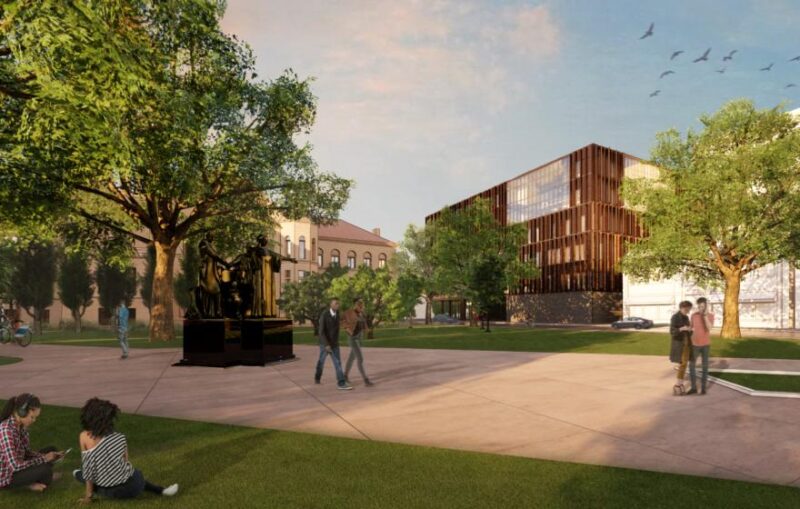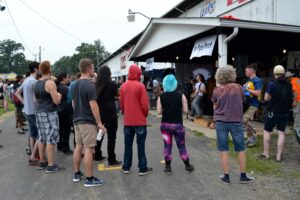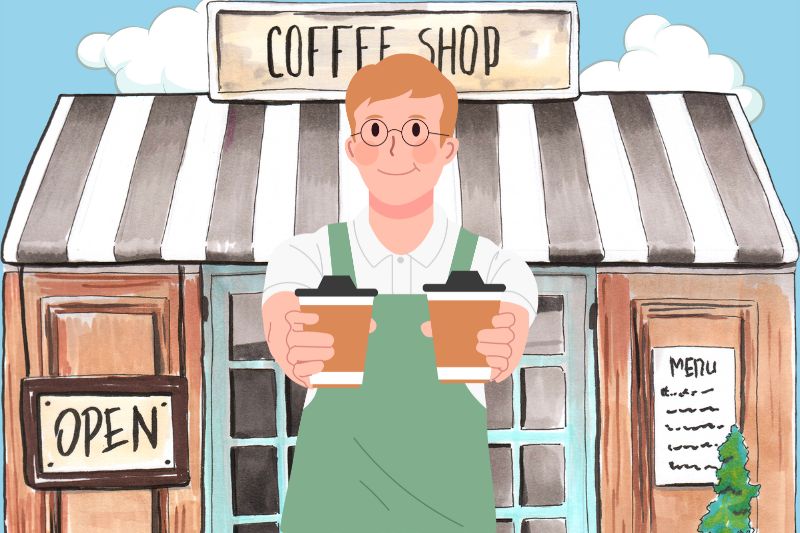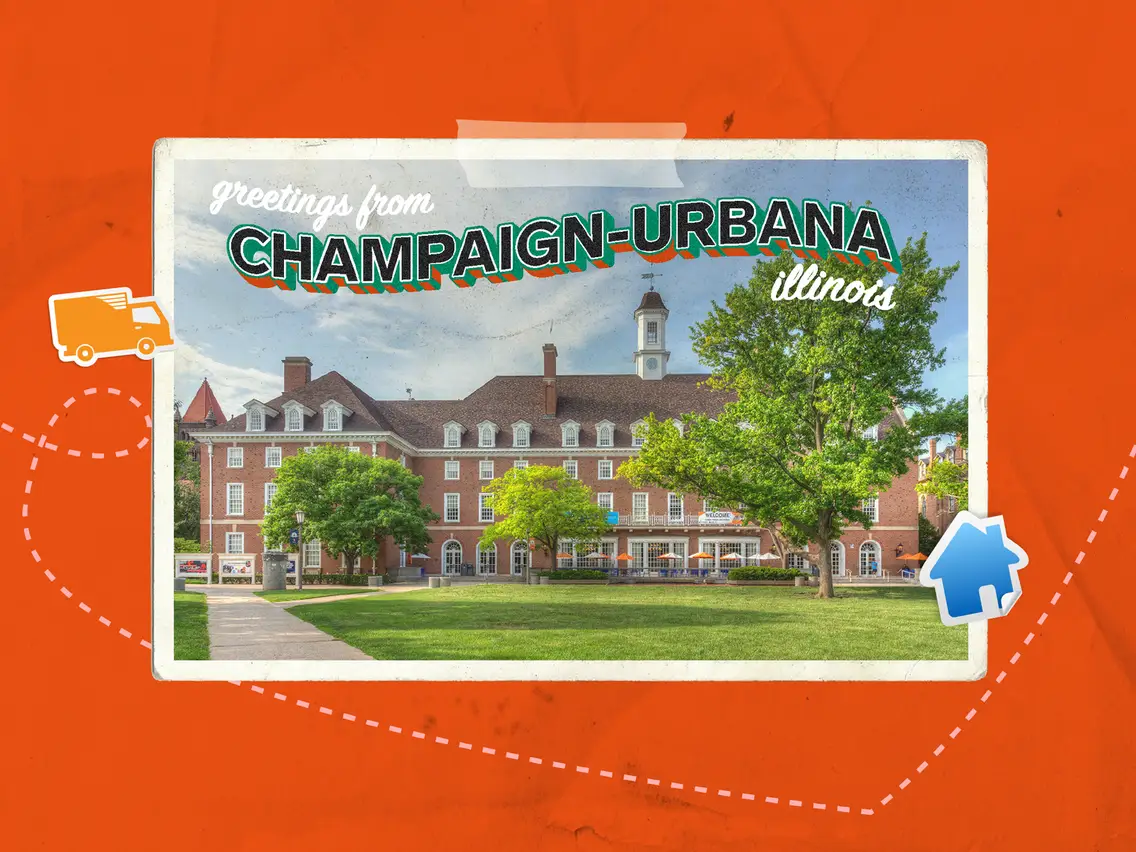Oh, Silicon Prairie, the tech world’s charming underdog, is situated right in the heart of Champaign & Urbana.
The duo of towns, often overlooked by the glitz of Silicon Valley, has somehow, almost magically, ranked number two out of 42 in the startup and entrepreneurial activity in the vast expanse of the Midwest.
With an accolade like that, it’s hard not to wonder if there’s more to Champaign and Urbana than meets the eye.
Spoiler alert: there is, and it’s not just the cornfields.
The Business Landscape
Champaign & Urbana are a micro-urban oasis where international students flock like birds migrating south. With over 100 countries represented, it’s a veritable United Nations, but with more homework and less diplomacy.
City’s crown jewel, the University of Illinois at Urbana & Champaign, is a beacon of talent and research that’s ranked #64 in the world. Thanks to the University of Illinois Research Park and various incubators, the startup ecosystem is more vibrant than a freshman’s hopes and dreams before finals week.
A clear indicator of its success is the number of startups that were launched within the university, which is well over 60.
![]()
In 2017, Champaign saw 21 venture funding to the tune of nearly $75 million and 37 SBIR/STTR grants.
And with venture capital funding up by 28% from 2016 to 2018, it’s clear that money does indeed grow on Midwestern trees.
How About Hardships?
Small businesses, particularly in the startup sector, have been thriving, earning the region a high ranking among communities for entrepreneurial activity. Silicon Prairie recognized Champaign & Urbana as number two out of forty-two communities, highlighting the vibrant startup ecosystem.
But hardships are present, without a doubt. Probably the most indicative ones are faced within the hospitality industry. But of course, you can apply them to practically any industry. For instance: Businesses such as Caribbean Grill, Wood N’ Hog BBQ, and Neil St. Blues are notable examples of this flourishing landscape.
Caribbean Grill, which started as a food truck in 2010, has built a strong customer base and expanded into a restaurant. Wood N’ Hog BBQ, initially a food truck operation, plans to open a sit-down restaurant.
Neil St. Blues, a newcomer, aims to offer a mix of dining, drinking, and dancing, underscoring the diverse nature of new businesses in the area.
Despite their success, these small businesses, particularly minority-owned ones, face considerable challenges. Issues such as:
- Limited access to resources
- Difficulties in acquiring capital
- Misconceptions about their services have been hurdles.
For instance, Caribbean Grill leveraged festivals and its food truck to earn money and credibility, while Neil St. Blues had to combat misconceptions about its business model.
Living Costs

Let’s talk about affordability. With a cost of living that won’t make a wallet weep and commute times that are practically nonexistent, it’s a wonder why many are not moving there. The cost of living in Champaign or Urbana, IL, is a critical consideration for anyone planning to move or relocate.
According to Forbes Advisor, maintaining a standard of living in this region requires a household income of approximately $55,655, which is notably lower by 25.77% compared to other areas.
This cost reduction is significant across various expenses, with housing costs being 47.98% lower and transportation expenses down by 9.21%. Utilities marginally buck this trend by being 0.90% higher.
Such a disparity in living costs underlines the importance of thorough budget planning and salary negotiation before making a move. Healthcare costs are a vital aspect of the cost of living that varies significantly by location.
Services like doctor and dentist visits are considerably more affordable, with costs being 32.37% and 44.47% lower, respectively, compared to larger cities like Chicago. The cost of prescription drugs is slightly higher, indicating a nuanced picture of healthcare affordability that potential residents must consider.
For example, the price of whole milk and bread is lower in Champaign-Urbana, IL, than in Chicago, reflecting a general trend of lower living costs.
The Bottom Line
Champaign and Urbana have a lot of work to do, but I can say with confidence that they’re definitely on the right track.
It is not only about my opinion; all the indicators are confirming my theory.
Related Posts:
- Why I Moved to Champaign: The Unexpected Mecca of...Corn?
- Champaign vs. Urbana Library: Where I Pretend to Read
- Upcoming Events in May 2024 | Champaign & Urbana
- Champaign & Urbana’s Hidden Gems: A Local’s Guide to…
- The Unofficial Guide to Champaign & Urbana’s Nightlife
- Champaign-Urbana Outdoors Will Blow Your Mind













